
 |
Search
Affiliates
Catalog
Classifieds
Newsletter
MyJumpSpace |
How quickly you
lose fitness depends on how fit you are, how long you have been
exercising and on how long you stop.
One study had well-conditioned athletes who had trained for year stop exercise all together. After a three month hiatus researchers found that the athletes lost about half of their aerobic conditioning. New exercisers, however, didn't fare as well. Another study followed
new exercisers through the conditioning and deconditioning process.
Sedentary individuals started a bicycling program for two months.
During that time they made dramatic cardiovascular improvements and
boosted their aerobic capacity substantially. Then they quite
exercising for the next two months. When re-tested, the researchers
found that these new exercisers lost all their aerobic gains and
returned to their pretraining fitness levels.
There is also research
being conducted that looks at decreases in training level, rather than
completely stopping all exercise. The results are very promising and
should provide comfort to athletes who need to cut back on training due
to time constraints, illness or injury. One study followed sedentary
men through 3 months of strength training, 3 times a week, and then had
them cut back to one session per week. They found that these men
maintained nearly all the strength gains they developed in the first 3
months.
There are also many
individual differences in deconditioning rates, and it is impossible to
apply all these studies to your situation. But it appears that if you
can maintain some exercise on a weekly basis, you can maintain your
fitness levels fairly well.
If you do need to stop
exercise completely for several months it is difficult to predict with
accuracy how long it will take you to return to your former fitness
levels. Again, individual differences come into play. Some research
shows that after a 3 month break, you can not return to peak condition
in a week. In some cases, it takes as long as 3 months to regain all
your conditioning. Here again, it seems to depend on your original
level of fitness and how long you stopped.
The take-away for
athletes who need to take time off is to try to do something at least
once a week during your break, but don't quit completely.
Cross-training through an injury is always a great option.
Quinn, sportsmedicine.about.com
|
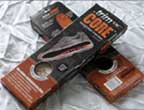 Heavy
Weighted Insoles
Weight
insoles alters your running economy to strengthn, tone, and shape
muscles. They are so soft and thin you can wear them all day long while
imrpoving overall stamina.
$39.95
|
The Multibar
The Multibar attaches easily to any door for pullups and chinups. Then, attach it to the bottom of your door for situps $39.95
|
An Awesome heavy
duty 48" wall mounted Pullup/Chinup bar.
from
$169.95
|
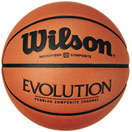 Wilson
Basketballs
The Official
Wilson NCAA Game Ball
Game Ball $59.99
The
NEW Jet only $29.99
|
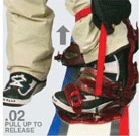 Swivler
Rotating Snowboard Bindings
With just a quick pull on the
swivler tether you can easily walk or stand without your knee or
ankle being twisted. Now everyone can enjoy the ease of floating
through the snow and be able to walk to their car at the end of the
day.
$89.95
|
 The Bullpen Buddy
Lifesize inflatable batter helps pitchers to visualize the
batter and improve pitching practice. Now with the Mets,
Cardinals, and Red Sox
$49.95
|
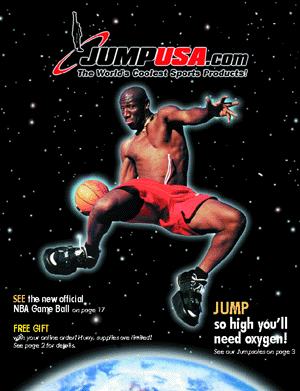 JumpUSA
Catalog
|
Use a safety squat
bar for an easy way to perform your squat exercises. Squats are great
for building lower leg strength to help athletes jump higher and more
explosively.
from $249.95 Click for details |
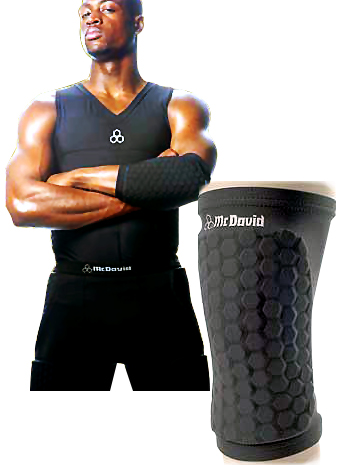 The Protective gear that
keeps Dwyane Wade from thinking twice about taking it to the hoop.
See the body armor that he wore
when he won the Miami Heat their first NBA Championship.
|